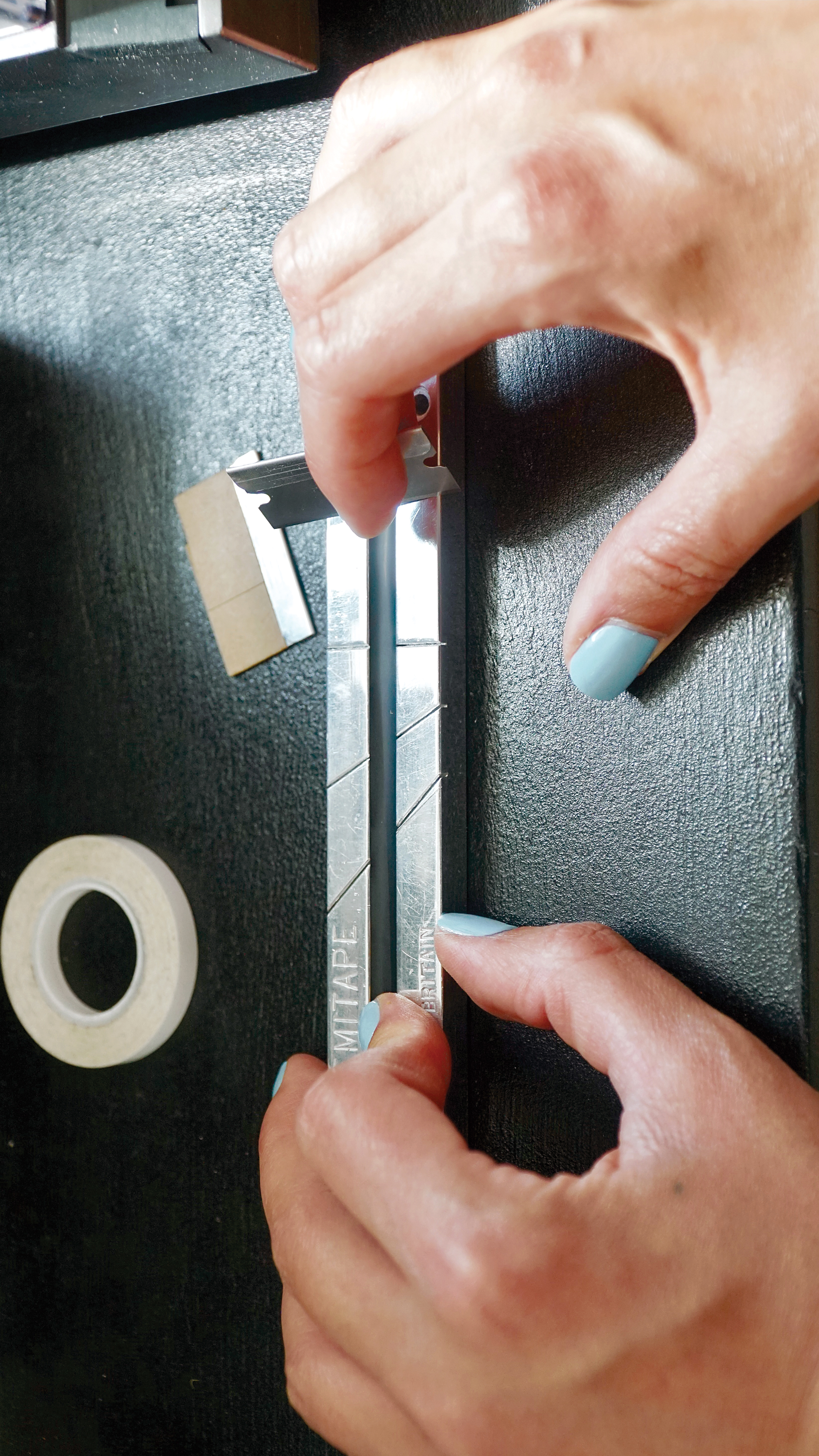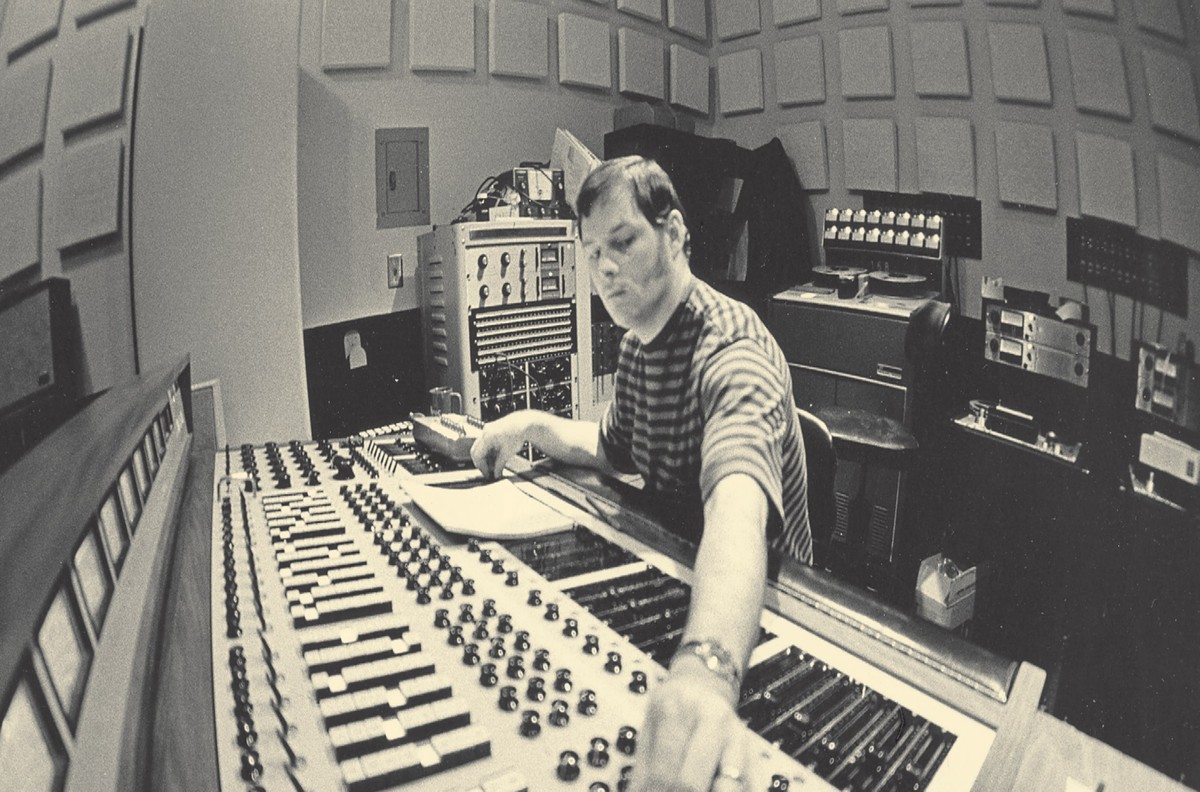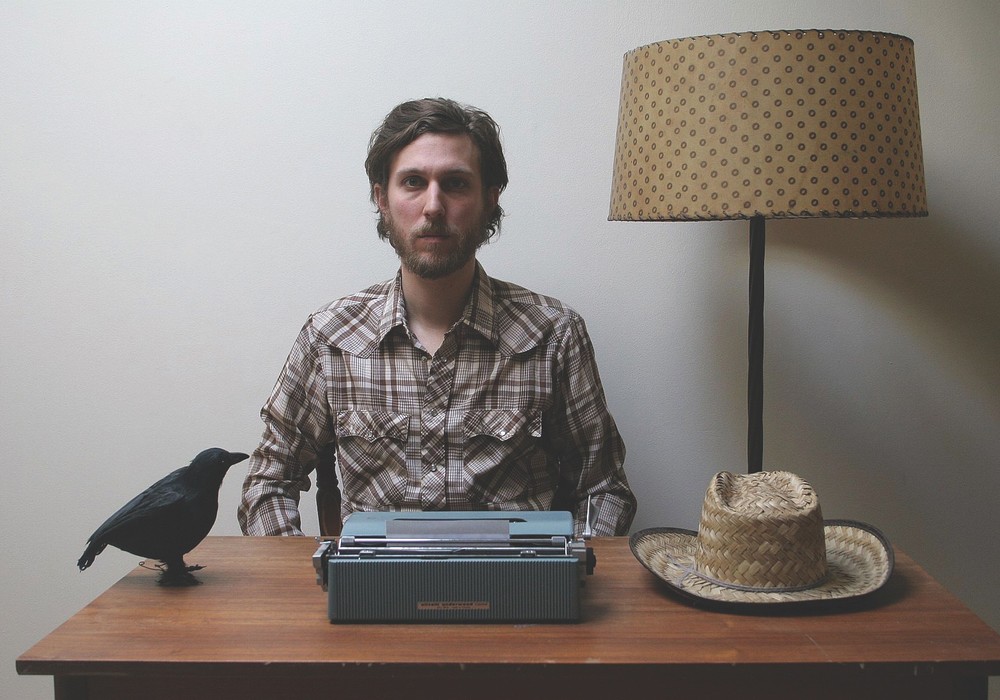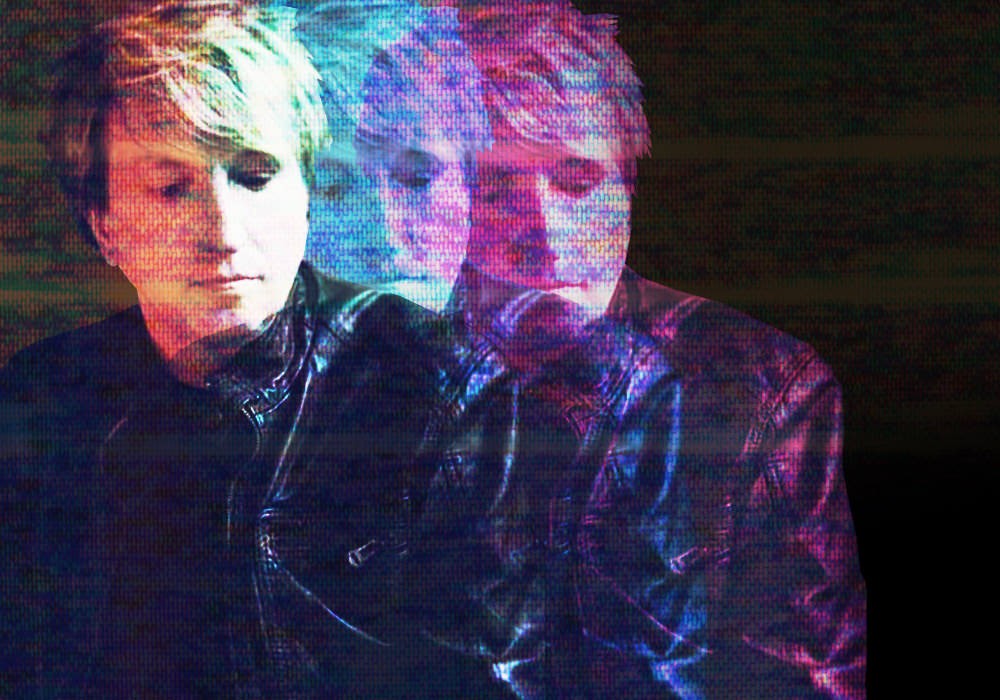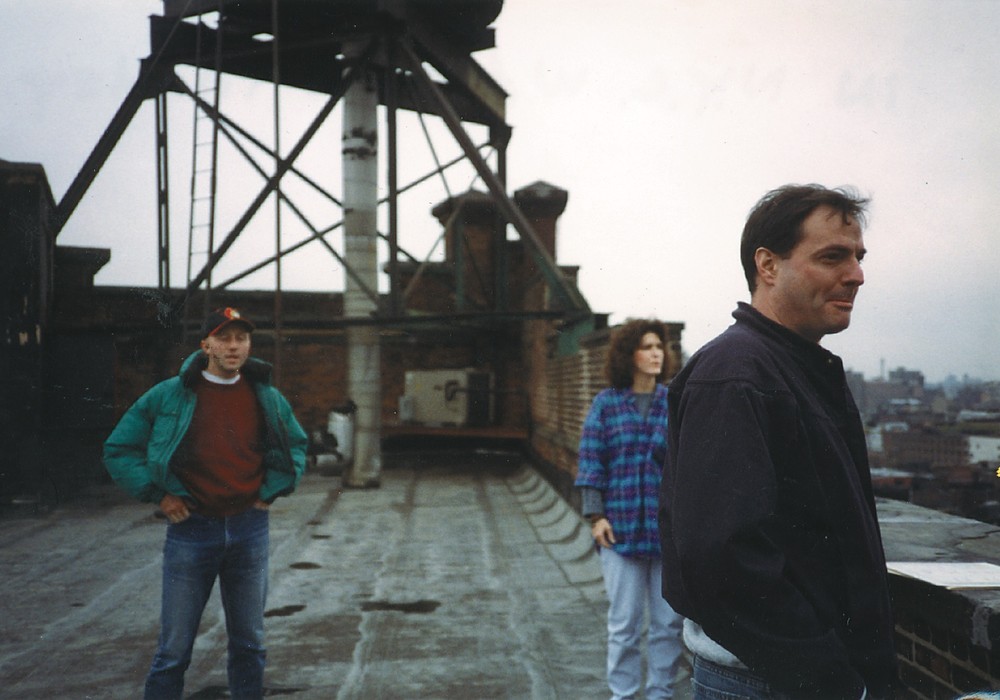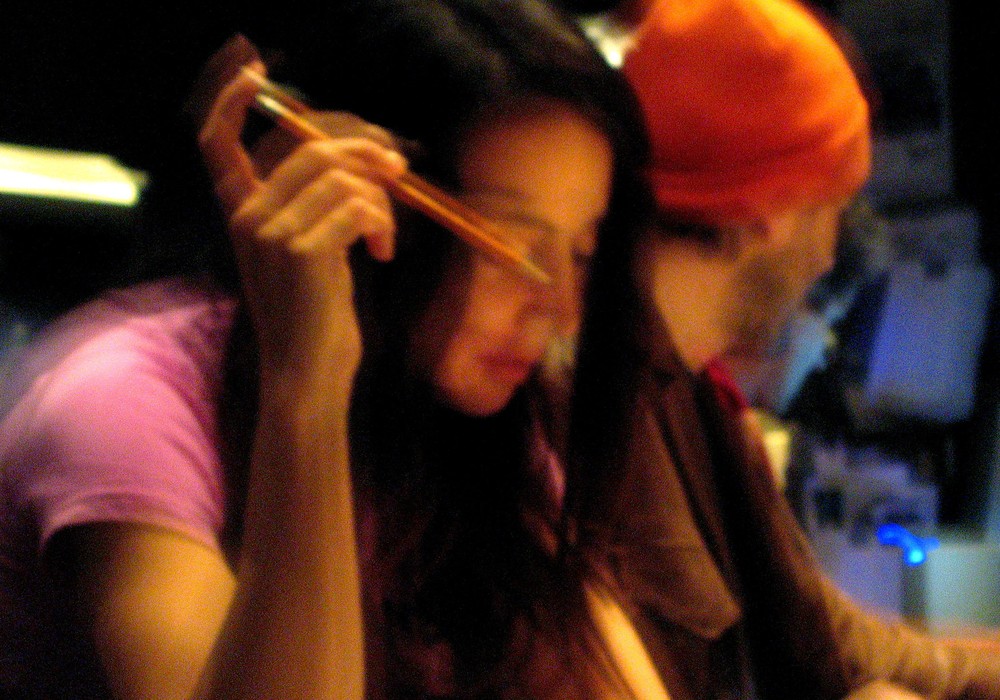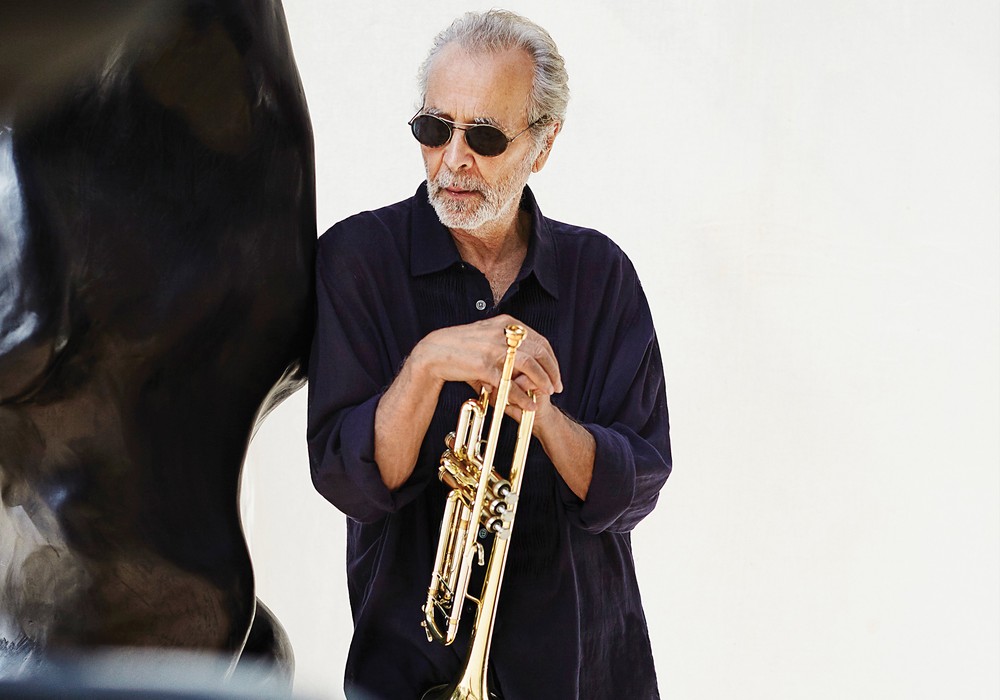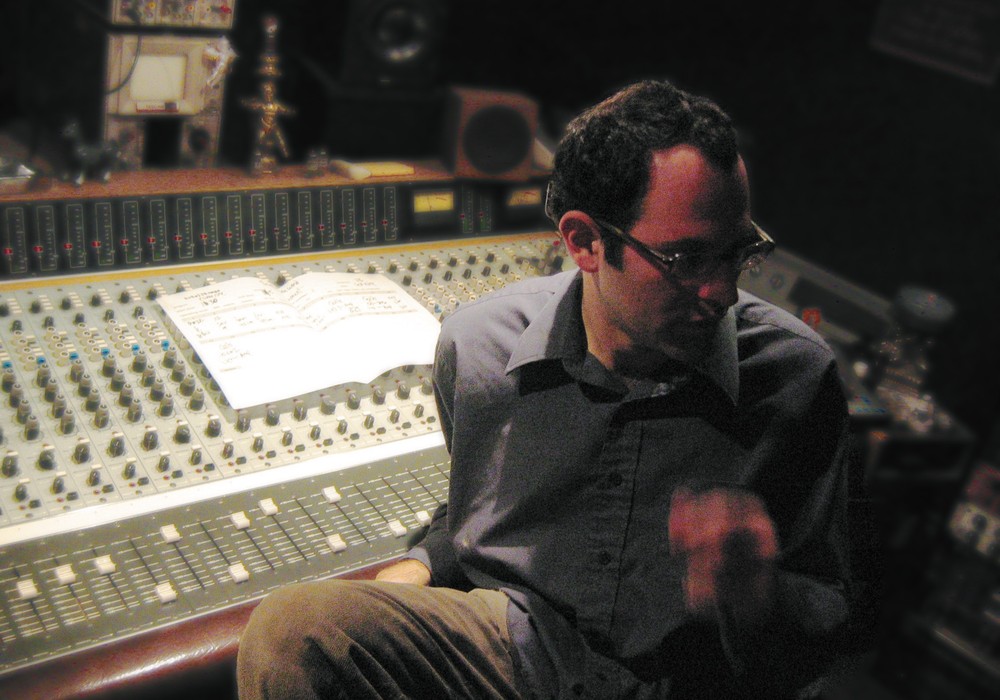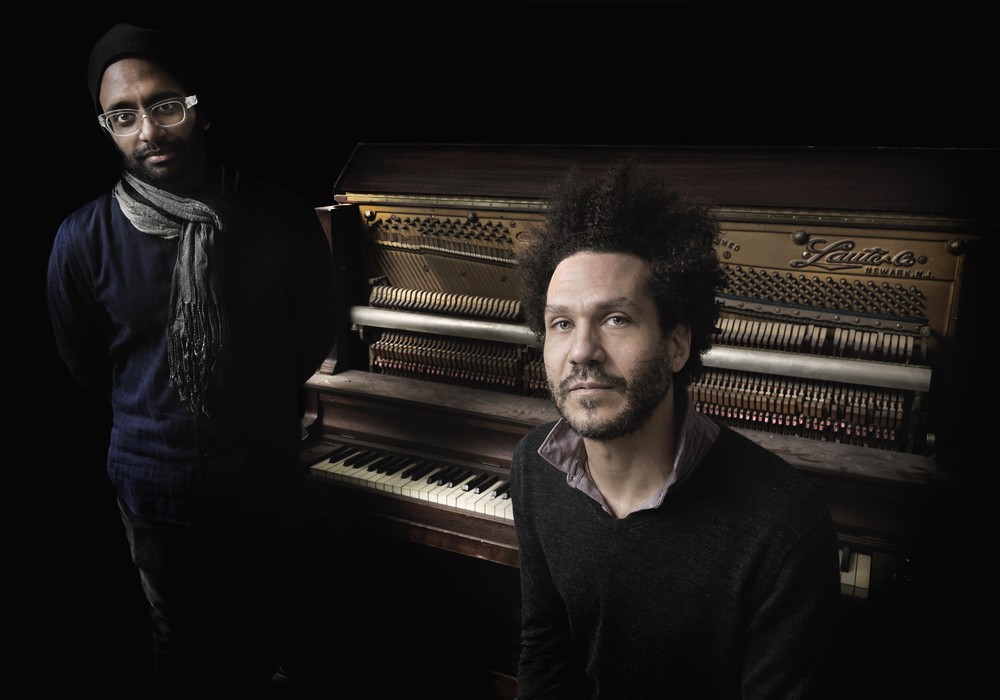Where are you from originally, and how’d you first get into music?
Virginia. I had started playing guitar very early. I was near the age of 11 when my parents bought me an inexpensive Stella guitar. The strings were high above the neck and it was difficult to play, but I had a feel for the instrument and was able to pick easy tunes quickly. I witnessed my first rock ‘n’ roll show when I joined the auditorium stage crew at Newport News High School, where I worked backstage and in the sound booth for school plays. The stage crew also worked on music shows traveling the circuit performing in the high school auditoriums. Standing in the wings, I saw artists I heard on the radio perform their hits and musicians sporting greasy haircuts, with Fender Stratocasters and cranked-up amplifiers. I couldn’t get enough of Scotty Moore’s guitar playing, and I attempted to learn all his fantastic licks on my Stella guitar with every subsequent Elvis Presley release on Sun Records. Eventually, my band, the BonneVilles’, biggest gig was a live concert/radio broadcast from the Coke Arena in Danville, Virginia, which featured special guests Bobby Rydell and George Hamilton IV. The BonneVilles were good, but we only played hits of the day. In August ‘62 I decided to go to California; I was determined to form a new band out there and be in the music business.
How’d you get into actual recording?
Sometime after arriving in Long Beach, California, I started recording my new rock ‘n’ roll band – Lloyd Terry & the Victors, in which I was a guitarist – onto a Sony 2-track reel-to-reel in my small garage that the group used for rehearsal. Using the band’s very good-sounding Bogen tube mixer, I could mix four mics at a time.
What was the recording workflow used then?
On the first pass, I would send the mono output of the Bogen to one channel on the Sony. Then, on the second pass, using the sound-on-sound technique, I’d add another three mics along with the other track that had been pre-recorded to track two on the Sony. Later, I got a [Berlant] Concertone tape deck – a Japanese copy of the famous Ampex 350, some better McIntosh consumer gear, and a second Bogen mixer. I saw a schematic for something called a “limiter” in Popular Electronics magazine, and I built one, attached it to the output of the Bogen, and it was a very nice improvement in the sound. My echo was the same 1963 Fender tube reverb unit that I played with my Fender Showman amp.
What was the first nice mic you had back then?
A Philips Norelco condenser mic became my drum mic and was used for most overdubs and vocals.
Was there any acoustic treatment?
A little bit. Mainly hanging blankets and some old carpets. I did build a control room in the corner of my second garage, a 2-car garage, when I had more room.
When was the moment you decided to get serious about recording professionally?
I had a day job selling records at Morey’s Music Store on Pine Avenue in Long Beach, where Carol Kaye [bassist from the Wrecking Crew, Tape Op #45] used to teach guitar. She had just graduated up to the big leagues, and of course became well-known for her bass playing. I met my wife there too, who worked in the billing department. It was the beginning of 56 years of marriage! I moved into another place in Long Beach with a larger 2-car garage, and that’s where I started to get a little more serious [about recording]. I took all my technical questions down to Les Barcus, and his business partner, John Berry, in a local hi-fi store. They [Barcus and Berry] were developing a recording technique using no microphones, and while it wasn’t ideal for vocals, and drums sounded a bit funny, it worked wonderfully for stringed-instruments and piano – a precursor to the modern-day direct box! The line of Barcus-Berry products began at that hi-fi store in Long Beach. I soon became...
